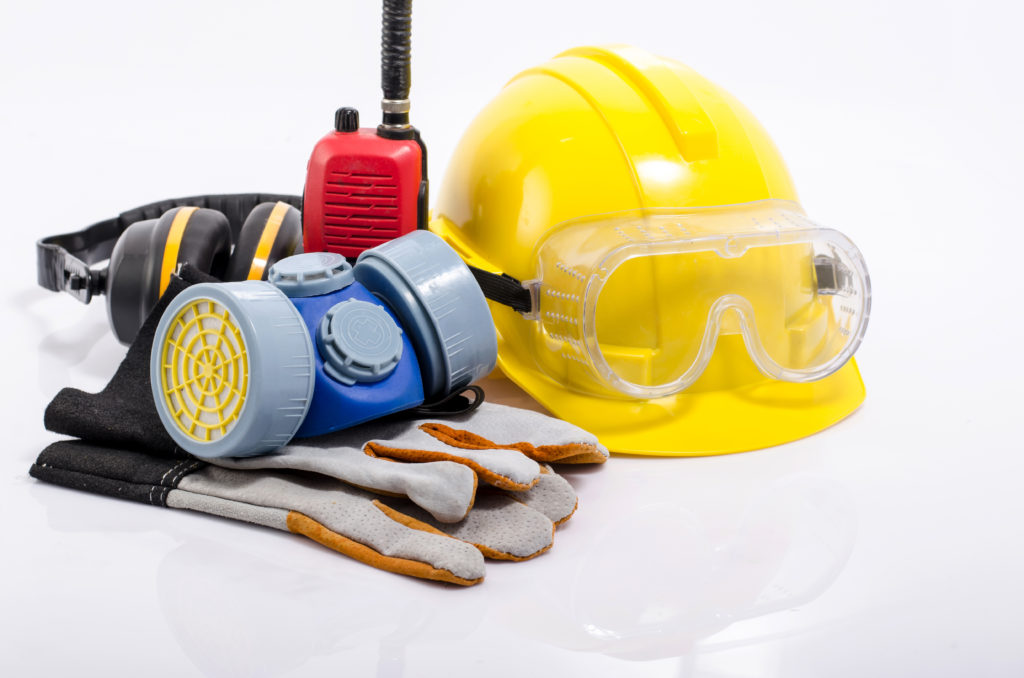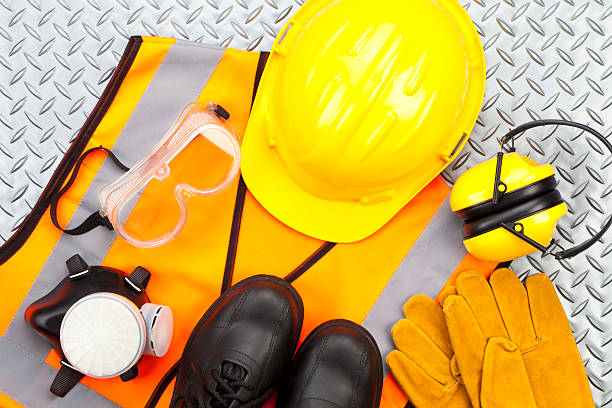Equipment used to prevent exposure to risks that cause major occupational injuries and illnesses is usually referred to as PPEChemicals, radioactive materials, physical, electrical and mechanical injuries, and other job risks can cause injuries and diseasesThere are several types of personal protection equipment that may be used in the workplaceThese include gloves, safety glasses, shoes, earmuffs, hard helmets, and respirators.
Steps for Safety.
Every personal protection equipment (PPE) should be well-made, safe, and regularly cleaned and checked for reliabilityWorkers should be able to utilise it efficiently without facing any issuesThe right fit of personal protection equipment can make the difference between a safe and potentially lethal situationEmployees must be provided with personal protective equipment if engineering, work practices, and administrative controls are not practicable or do not offer enough protectionThe exact usage of personal protective equipment must also be taught to each employee.
- When and how to correctly wear and remove the headgear
- The equipment’s limitations
- The perfect fitting criteria of gloves and other personal protective equipmentIt is important because gloves can keep you safe while handling potentially contagious goods or contaminated surfaces.
Parts of a PPE Kit.
Gowns
Gowns provide a good defence against infectious diseases that can be contracted through contact with contaminated garments.
Protective Footwear And Headgear
A polluted environment necessitates the use of protective footwear and headgear.
Masks and Inhalation Devices
With surgical masks and respirators, you can protect your nose and mouth from body secretions spatter.
Other Eye and Face Protective Equipment
Your eyes are shielded from splatters when wearing gogglesThe skin on the face, eyes, nose, and mouth are all protected from splattering by a face shield.

Protection.
A healthcare worker’s kit protects them from two primary dangers:
- Radiation that can harm the body (PPE helps in enhancing radiation safety in health care).
- By direct or indirect touch, biological infectious agents can spread between peoplePatients are constantly in contact with health care providersAs a result, they require a kit that prevents germ transferIt can be used to protect against several important transmission channels, including:
- Face-to-face communication
- Dispersed droplets.
- Transmission via the air
- A thing that has been contaminated (fomites)
Assessments.
Conformity assessments are an essential component of ensuring that the kit is made correctlyProducts must be carefully and independently tested to guarantee that they can adequately safeguard the userIt can range from a simple first-party examination of a low-risk product to a certified third-party certification of a high-risk product and additional safeguards.
Steps that must be taken to ensure compliance include:
- It defines the product’s specifications and decides which products to use as examples for testing.
- Obtaining evidence to support the claim of conformanceProduct testing, inspection, and audits of a supplier’s quality assurance system and records concerning the product can be part of this process.
- Take a look at the facts and determine if the product is safe.
- Providing evidence of conformance, such as a Supplier’s Declaration of Conformity (SDoC), third-party certification of conformity, or a mark of conformity.
- Preventative and corrective measures are taken in the marketWhen determining if a product is safe, it’s essential to look at the supply chain, including where it’s made and the marketplace it was sold in.
- Examples of enforcement and corrective actions are actions like warnings to producers, official warnings, sales prohibitions, suspension of sales, penalties, and product withdrawals.
- Using accreditation, audits, and peer assessment ensures that all service providers are competent.

